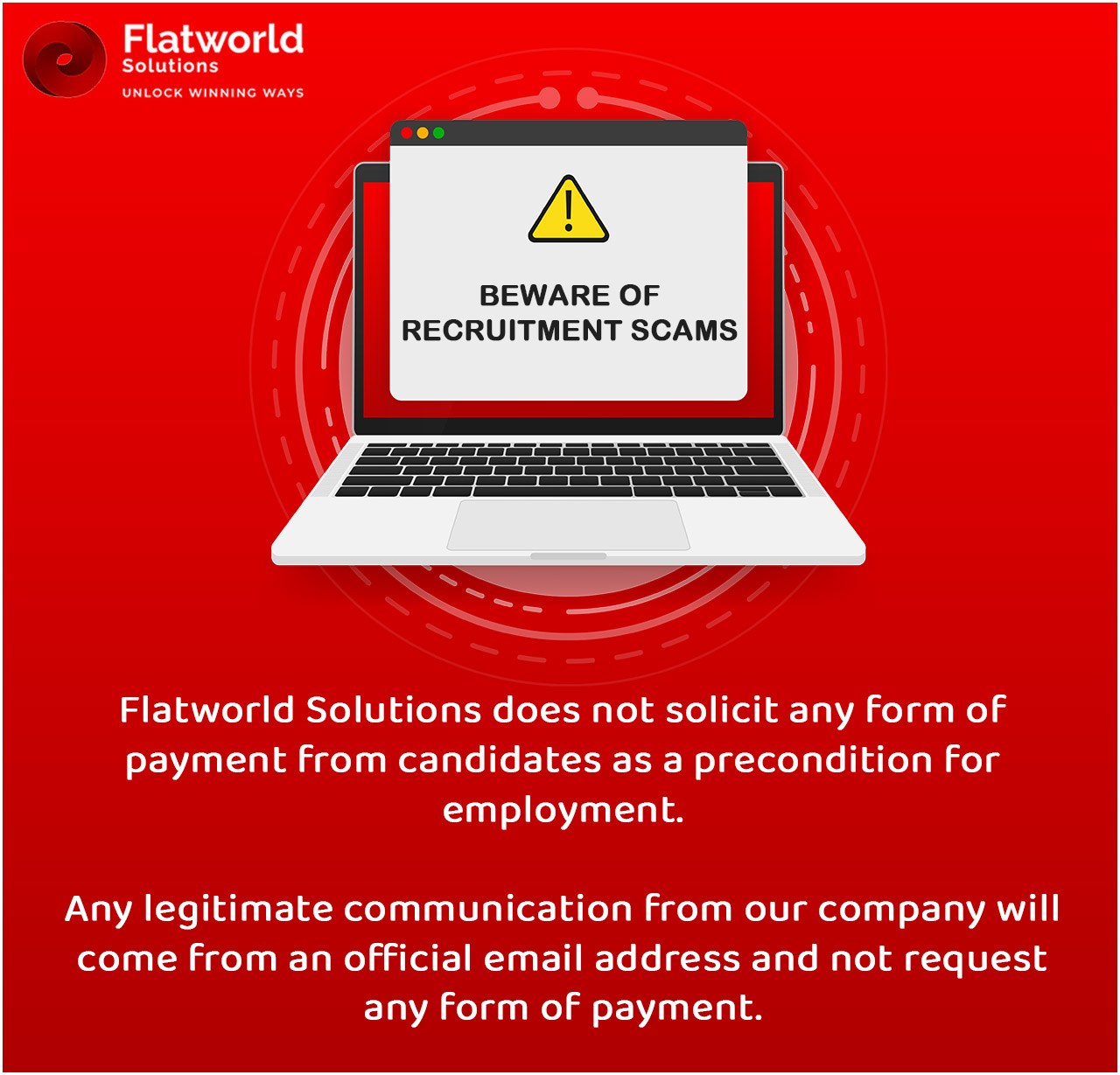In 2024, a significant change is set to sweep across the U.S. economy. Half of the states are increasing their minimum wages, a decision influenced by the relentless struggle of low-wage workers grappling with inflation since its 40-year peak in 2022. California, New York, and Washington are leading this change, raising the baseline pay to a minimum of $16 per hour. This isn't a mere policy shift; for millions of workers the surge in wages could indeed determine the difference between surviving and existing.
However, it's not a silver bullet. While it could stimulate consumer spending, thereby increasing business revenue, it is also critical to acknowledge potential challenges. Businesses, especially small ones, could face increased costs, possibly leading to job cuts or higher prices for consumers. The increased cost could precipitate a shift in business models, restructuring of supply chains, or the exploration of automation alternatives.
As such, this economic shift is not only a challenge for businesses but also an opportunity to rethink, restructure, and reinvent their operational strategies. In this article, we will delve deep into the impending economic changes and the subsequent strategic cost management implications for businesses.

A Retrospective Glance at the Wage Spillover Consequences in 2009 & Its Business Impact
In 2024, a significant change is set to sweep across the U.S. economy. Half of the states are increasing their minimum wages, a decision influenced by the relentless struggle of low-wage workers grappling with inflation since its 40-year peak in 2022. California, New York, and Washington are leading this change, raising the baseline pay to a minimum of $16 per hour. This isn't a mere policy shift; for millions of workers the surge in wages could indeed determine the difference between surviving and existing.
However, it's not a silver bullet. While it could stimulate consumer spending, thereby increasing business revenue, it is also critical to acknowledge potential challenges. Businesses, especially small ones, could face increased costs, possibly leading to job cuts or higher prices for consumers. The increased cost could precipitate a shift in business models, restructuring of supply chains, or the exploration of automation alternatives.
As such, this economic shift is not only a challenge for businesses but also an opportunity to rethink, restructure, and reinvent their operational strategies. In this article, we will delve deep into the impending economic changes and the subsequent strategic cost management implications for businesses.
Dissecting the Surge - Reflecting on the Industry-Specific Impact of the Operational Changes
The last surge in the federal minimum wage in the United States had a disparate effect on different sectors. Industries with a higher proportion of low-wage workers were more heavily impacted. Here is a comprehensive overview of the sectors that were affected more than the others -
Strategic Cost Management Amid the Imminent Minimum Wage Dynamics
Rising minimum wages can significantly impact the cost management strategies of businesses. Companies must adapt their strategies to navigate these changes efficiently. Here are a few areas that businesses may have to maneuver skillfully -
Increased Labor Costs: The most direct impact of higher minimum wages is increased labor costs. For instance, a Congressional Budget Office report estimated that a rise in the federal minimum wage to $15 per hour could increase the wages of 17 million workers who would otherwise earn less. This directly impacts businesses, particularly those in labor-intensive industries such as hospitality, retail, and healthcare, which must adjust their budgets and forecasts to account for these increased costs.
Operational Efficiency: Companies may respond by seeking to improve operational efficiency. They may invest in training to improve employee productivity or implement technological solutions to reduce the need for human labor. For example, a survey by the National Restaurant Association found that 32% of restaurant operators planned to add more self-service kiosks in response to higher labor costs.
Pricing Strategies: Some businesses might pass on the increased costs to consumers. A study published in the Quarterly Journal of Economics found that restaurants often respond to minimum wage increases by raising prices. Companies must be strategic in implementing these changes to avoid negatively impacting demand.
Workforce Management: Higher wages can reduce employee turnover, potentially leading to lower hiring and training costs. A report by the Center for Economic and Policy Research found that companies like Costco and Trader Joe's that pay above-average wages have lower employee turnover and higher profitability.
Outsourcing and Offshoring: For some businesses, particularly in the manufacturing and tech sectors, rising domestic wages might make outsourcing or offshoring a more attractive option. According to Deloitte's 2020 Global Outsourcing Survey, 70% of respondents reported that they were considering or had already started to outsource their operations.

Outsourcing as a Strategic Lever to Navigate Cost Management
In the context of escalating minimum wages across various states in the United States, outsourcing emerges as a pivotal component of strategic cost management for businesses looking to maintain competitive advantage and operational efficiency. As wage floors are raised, corporations grapple with inflating payroll expenditures, compelling a recalibration of cost structures. Outsourcing, particularly offshoring, offers a leveraged approach to mitigate these cost pressures by tapping into global labor markets where the cost of labor remains comparatively lower. For example, in sectors such as Information Technology and Customer Service, companies like IBM and AT&T have historically utilized offshoring to countries like India, leveraging the cost arbitrage to maintain profitability margins while adhering to the burgeoning wage regulations domestically.
Moreover, outsourcing is not solely a tactical maneuver for cost containment but also serves as a strategic realignment of resource allocation. By outsourcing non-core functions, businesses can concentrate capital and managerial resources on innovation and core competencies, driving long-term value creation. A case in point is Apple Inc., which outsources its manufacturing operations to Foxconn, enabling it to focus on product development and market expansion. This strategic outsourcing is underpinned by the concept of comparative advantage, allowing firms to benefit from the specialization and economies of scale provided by third-party vendors.
However, it's imperative to underscore that outsourcing decisions are multifaceted, weighed against considerations of quality control, intellectual property risks, and the potential for reputational impact due to labor practices of the outsourcing country.
Optimizing Operational Expenditure with Flatworld Solution's Outsourcing Solutions
For nearly two decades, Flatworld Solutions has served as a cornerstone for business growth and innovation, partnering with organizations worldwide to realize their aspirations. Our sustained expansion and portfolio of 18,000+ success stories reflect our commitment to excellence. With a strategic network of 10 delivery centers and over 100 partnerships, we provide personalized, effective solutions to our clients' diverse challenges.
Amidst the current economic landscape, characterized by sweeping minimum wage hikes across the U.S., Flatworld Solutions stands at the vanguard of strategic cost management. We recognize the profound implications these changes hold for the workforce and the future of business operations. Our 22 years of expertise in outsourcing positions us uniquely to provide targeted solutions that address the immediate impacts of wage increases and support the enduring growth of our partners.
Let us collaborate to craft your enterprise's success narrative in this transformative era. Reach out to us and embark on a journey of strategic transformation tailored to navigate the fiscal shifts of tomorrow.

USA
Flatworld Solutions
116 Village Blvd, Suite 200, Princeton, NJ 08540
PHILIPPINES
Aeon Towers, J.P. Laurel Avenue, Bajada, Davao 8000
KSS Building, Buhangin Road Cor Olive Street, Davao City 8000

